Characterization techniques verify that surfactant-templated zeolites contain intracrystalline and interconnected mesopores
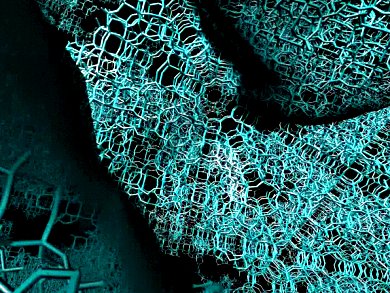
Characterization of Molecular Highways in Zeolites

Marijuana in Children’s Hair
Cannabinoids detected in hair samples from children mainly come from contaminated hands or surfaces

20th Anniversary: Linus Pauling's Death
Linus Carl Pauling is the only person to be awarded two unshared Nobel Prizes; answer to Guess the Chemist (32)
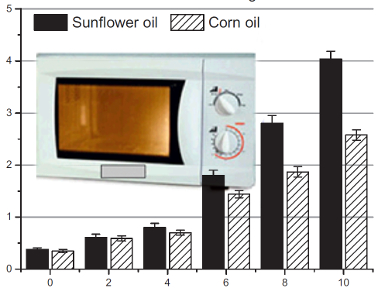
Heating Vegetable Oils with Microwaves
Pausing between microwave pulses significantly influences the quality of heated vegetable oil
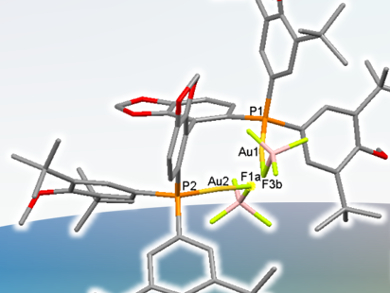
Going for Gold in Chiral Amine Synthesis
A diphosphine binuclear gold(I) chloride complex catalyzes the asymmetric hydroamination of alkenes

Dust and Microbes Influence Rain
How aerosols impact clouds and regional weather
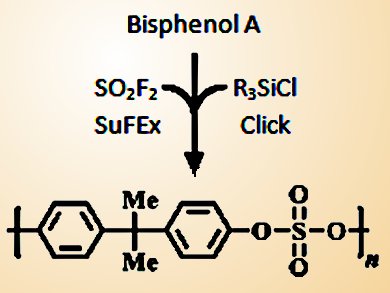
Synthesis of Polysulfates – Sulfate Click Reaction
Simple, straightforward sulfur(VI) fluoride exchange (SuFEx)-based method for synthesis of polysulfate polymers

Phosphotungstic Acid as an Alternative to Nafion
One-step synthesis of a proton exchange membrane by incorporation of phosphotungstic acid into a polymer matrix

A Step Towards Portable NMR Sensors
A high-sensitivity optical magnetometer can be used as a detector for ultra low-field NMR measurements
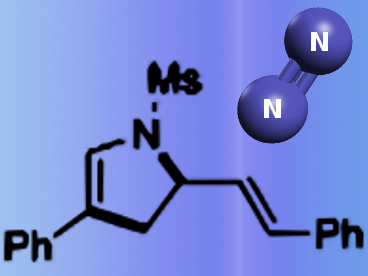
Azaheterocycles Made Easy
Flexible route makes azaheterocycles easier to access